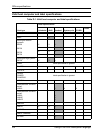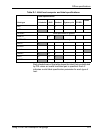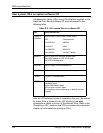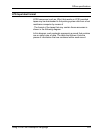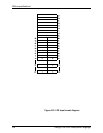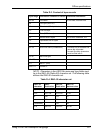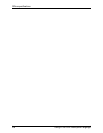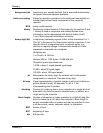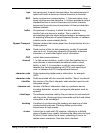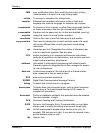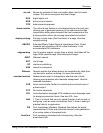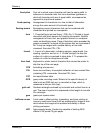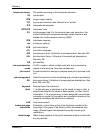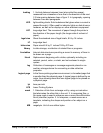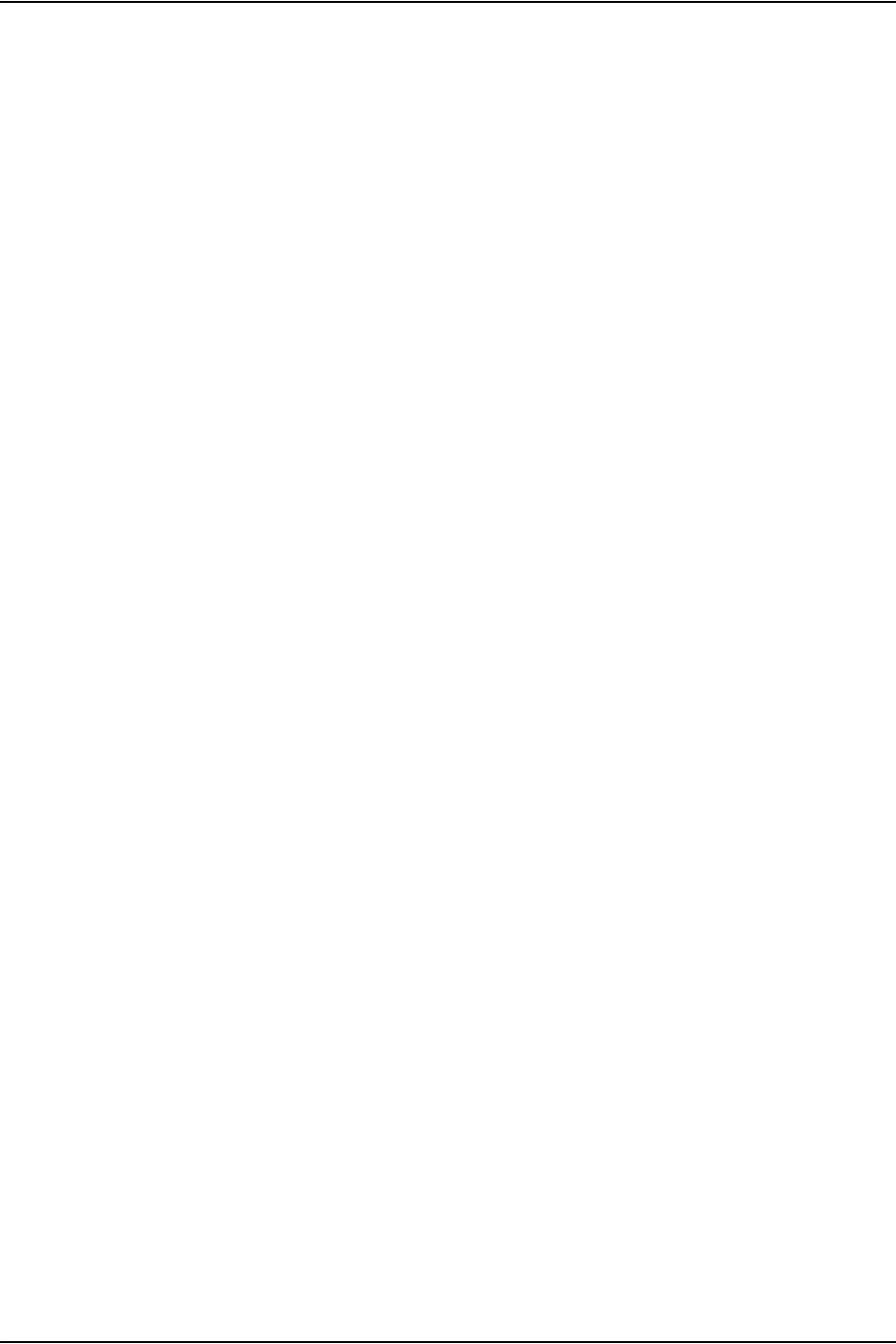
Glossary
Glossary-2 Using LCDS Print Description Language
background job Low-priority job, usually batched, that is executed automatically
as system resources become available.
batch processing Allows for repetitive operations to be performed sequentially on
batched data without much involvement of the computer
operator.
BCD binary coded decimal
binary Numbering system based on 2 that uses only the symbols 0 and
1. Binary is used in computers and related devices since
information can be represented with electric pulses (0=off,
1=on). Most computer calculations are binary.
binary digit (bit) In the binary numbering system, either of the characters 0 or 1.
The “bit” is the base unit of information used by computers. It can
take the form of a magnetized spot, an electric pulse, or a
positive or negative charge. A sequentially stored set of bits
represents a character on a computer.
Multipliers are:
1 or 0 byte = 8,192 bits
kilobyte (KB) or 1,024 bytes = 8,388,608 bits.
Computer space equivalents are:
1.5 KB = about 1 single-spaced typed page
30 KB = about 20 typed pages
150 KB = about 100 typed pages
bit Abbreviation for binary digit, the smallest unit of information
recognized by a computer. See also binary digit.
bit map Visual representation of graphic images in which a bit defines a
picture element (pixel); for example, if a bit is 1, the
corresponding pixel is printed.
blocking Process of combining two or more records into a single block of
data which can then be moved, operated upon, or stored, as a
single unit by the computer.
block length Number of characters or bytes contained in a block of data (the
block is treated as a unit within the computer). Block length is
usually invariable within a system and may be specified in units
such as records, words, computer words, or characters.
BOF bottom of form
BOT beginning of tape
bpi bits per inch



